How to Make a Simple Chutney Sauce For Your Favorite Meats & Vegetables
Chutney sauce is a versatile and vibrant condiment that brings flavor to any meal. Originating from Indian cuisine, chutney combines a harmonious blend of fruits, vegetables, spices, and herbs, creating a delightful balance of sweet, tangy, and spicy notes. Whether you want to enhance the taste of grilled meats, add a zing to sandwiches, or elevate your snack game with a dip for samosas or pakoras, chutney is the perfect companion.
The beauty of chutney lies in its adaptability. With countless variations, you can tailor your chutney to suit your taste preferences and the ingredients you have on hand. The possibilities are endless, from the classic mango chutney, which pairs beautifully with curries and cheese platters, to the refreshing mint chutney that livens up any dish with its cool, herbaceous flavor.
In this post, we’ll guide you through a simple yet delicious chutney sauce recipe you can easily make at home. With fresh ingredients and a few spices, you’ll create a condiment that will become a staple in your kitchen. Prepare to embark on a culinary adventure and discover the magic of homemade chutney sauce!
Chutney Sauce History
Chutney sauce has a rich and diverse history that spans centuries and continents. Its origins can be traced back to ancient India, where it was created to preserve fruits and vegetables through a combination of spices, sugar, and vinegar. The word “chutney” is derived from the Hindi word “chatni,” which means to lick or taste, reflecting this condiment’s flavorful and appetizing nature.
In its earliest form, chutney was made by grinding various ingredients using a mortar and pestle. These early chutneys were often used to add flavor and zest to bland staple foods such as rice and bread. With the advent of trade and exploration, chutney quickly spread beyond the Indian subcontinent.
Chutney was introduced to England during the British colonial period, and it became particularly popular in the 18th and 19th centuries. The British adapted the recipes to suit their own tastes, often making them sweeter and less spicy than their Indian counterparts. This version of chutney became a staple in British cuisine, often served with cold meats and cheese.
As chutney continued to gain popularity, it spread to other parts of the world, including the Caribbean, Africa, and Southeast Asia, each region adding its unique twist to the condiment. Today, chutney is enjoyed globally in a myriad of forms, from the traditional Indian varieties to the more modern adaptations found in Western cuisine.
This rich history highlights chutney’s adaptability and enduring appeal and underscores its role as a cultural bridge, bringing together diverse culinary traditions and flavors
Mango Chutney Sauce
Ingredients
- 2 ripe mangoes peeled and diced
- 1 small onion finely chopped
- ½ cup brown sugar
- ¼ cup apple cider vinegar
- 1 tablespoon fresh ginger grated
- 1 clove garlic minced
- ½ teaspoon ground cumin
- ½ teaspoon ground coriander
- ¼ teaspoon ground cinnamon
- ¼ teaspoon ground cloves
- ¼ teaspoon red chili flakes or to taste
- ½ teaspoon salt
- ¼ cup raisins optional
- 1 tablespoon lemon juice
Instructions
Prepare the Mangoes
- Start by peeling and dicing the mangoes. Set them aside.
Cook the Onions
- Heat a small amount of oil in a medium saucepan over medium heat. Add the finely chopped onions and cook until they become soft and translucent about 5 minutes.
Add the Aromatics
- Stir in the grated ginger and minced garlic. Cook for an additional 1-2 minutes until fragrant.
Combine Ingredients
- Add the diced mangoes, brown sugar, apple cider vinegar, ground cumin, coriander, cinnamon, cloves, red chili flakes, and salt to the saucepan. If using raisins, add them as well.
Simmer
- Bring the mixture to a gentle boil, then reduce the heat to low and let it simmer for about 30-40 minutes, stirring occasionally. The chutney should thicken and the flavors will meld together.
Finish and Store
- Once the chutney reaches your desired consistency, stir in the lemon juice. Remove from heat and let it cool. Transfer the chutney to sterilized jars and store them in the refrigerator.

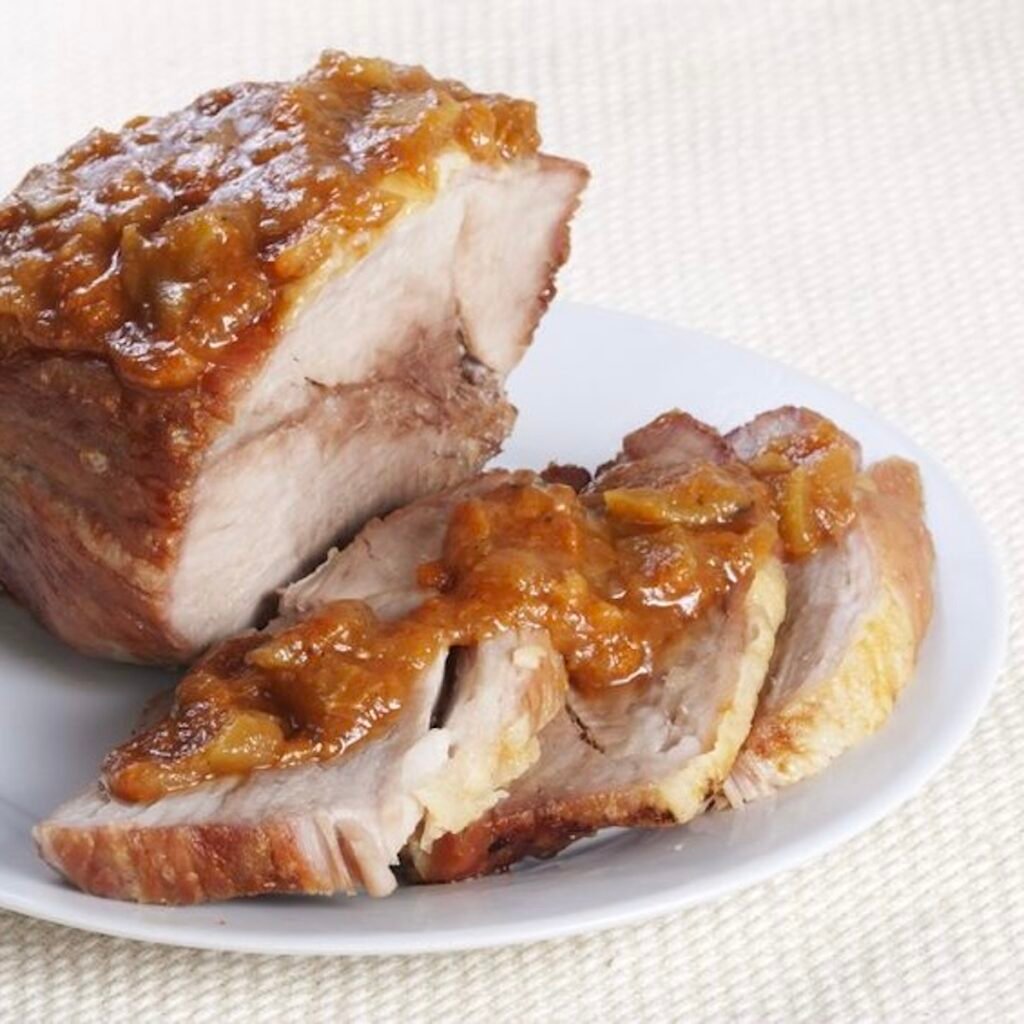


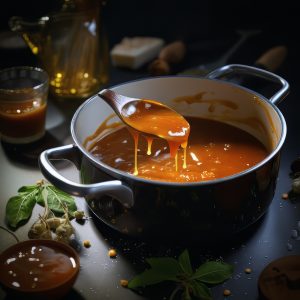

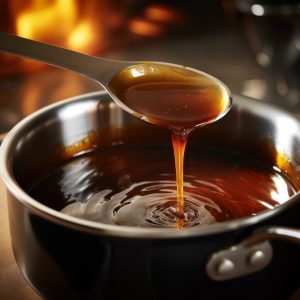
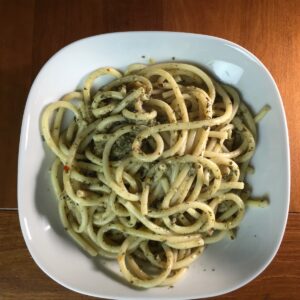
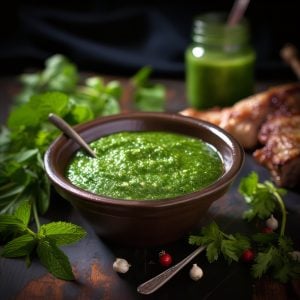





One Response
Chutney is such a dip which we can have with so many dishes. Thanks for sharing this recipe.